India’s healthcare system is renowned for its affordability and accessibility, largely due to the significant contributions of government hospitals. These institutions have become the backbone of healthcare in the country, offering quality treatment to millions, irrespective of their financial background. With advanced facilities, highly qualified medical professionals, and a focus on patient care, some of the best government hospitals in India have earned national and international recognition for their exceptional services.
In this blog, we look in-depth at the top government hospitals in India that have consistently delivered world-class healthcare. From specialized treatments for life-threatening conditions to accessible outpatient services, these hospitals provide comprehensive care across various medical disciplines. Many of them also serve as premier research and teaching institutions, contributing significantly to medical advancements and the training of future healthcare professionals.
Whether you’re looking for the top 10 government hospitals in India for advanced treatments or need a reliable facility for routine care, this guide will help you explore the best options available. We have compiled a list of government hospitals in India that excel in cardiology, oncology, orthopedics, and more, highlighting their unique strengths and facilities.
Whether you’re planning to visit a hospital for a specific treatment or simply want to know more about the healthcare landscape in India, this guide will offer helpful insights into the top 10 hospitals in India’s government sector and beyond.
Read More: Impactguru hospital finder

Table of Contents
- List Of 10 Best Government Hospitals In India
- 1) All India Institute of Medical Sciences
- 2) PGIMER, Chandigarh
- 3) Safdarjung Hospital, New Delhi
- 4) King Edward Memorial Hospital (KEM), Mumbai
- 5) SGPGIMS, Lucknow
- 6) Jawaharlal Institute of Postgraduate Medical Education & Research, Puducherry
- 7) Tata Memorial Hospital, Mumbai
- 8) Grant Medical College and Sir J.J. Group of Hospitals, Mumbai
- 9) Dr. Ram Manohar Lohia Hospital, New Delhi
- 10) Victoria Hospital, Bangalore
- Conclusion
List Of 10 Best Government Hospitals In India
1) All India Institute of Medical Sciences
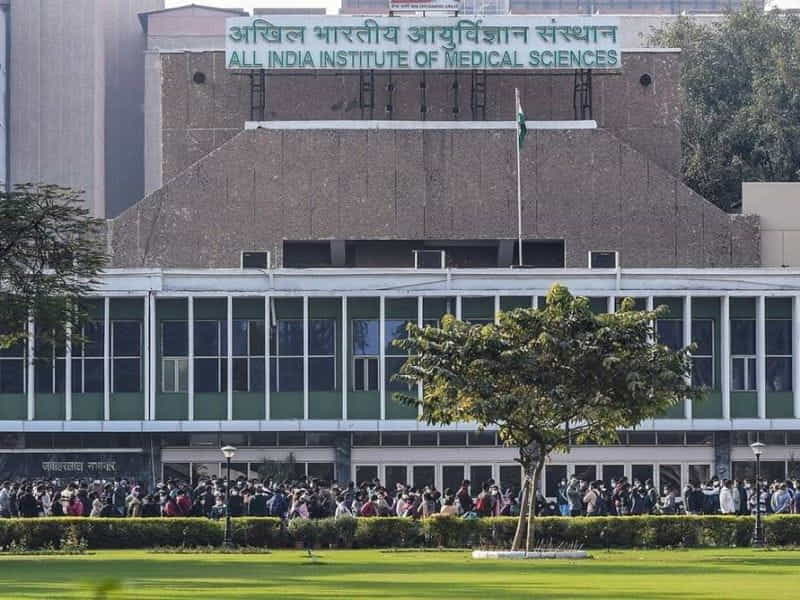
AIIMS in Delhi is a premier medical institution in India, renowned for its comprehensive healthcare, outstanding medical education, and pioneering research. In 1956, AIIMS Delhi was the vision of India’s first Prime Minister, Jawaharlal Nehru, & the then Health Minister, Rajkumari Amrit Kaur. The foundation stone was laid in 1952, and it was created as an autonomous institution through an Act of Parliament, aiming to set the highest standards in medical education and research in India.
Some of its achievements are:
– It has been consistently ranked as the top medical college in India by various national rankings.
– The institution is a leader in medical research in the country, with over 600 research publications by its faculty and researchers annually.
AIIMS has significantly contributed to public health policy and has shaped national healthcare programs.
– It works autonomously under the Ministry of Health and Family Welfare, providing unparalleled medical education and patient care.
– The medical institute has a sprawling urban campus in Ansari Nagar, New Delhi, with state-of-the-art facilities.
– AIIMS Delhi also manages a 60-bed hospital at the Comprehensive Rural Health Centre in Ballabgarh, Haryana, extending its reach to rural communities.
– The institution has been at the forefront of the fight against various epidemics and pandemics, including the COVID-19 crisis, providing critical care, and developing treatment protocols.
2) PGIMER, Chandigarh
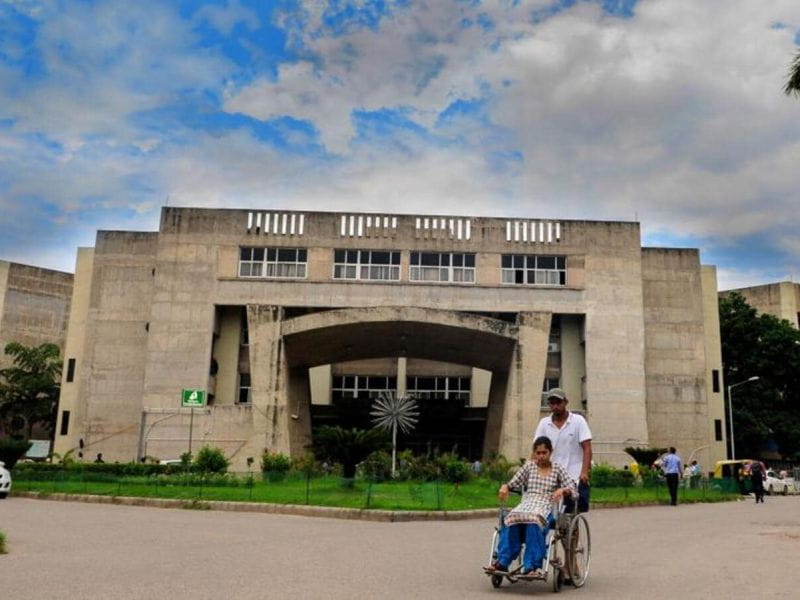
Established in 1962, PGIMER (Post Graduate Institute of Medical Education & Research)was inaugurated by the then PM of India, Pt. Jawaharlal Nehru has since been an institution of national importance. PGIMER’s founders, notable figures such as Tulsi Das, Santokh Singh Anand, P N Chuttani, B N Aikat, Sant Ram Dhall, and Bala Krishna, envisioned a facility that would not only provide exceptional patient care but also excel in medical education and research. Over the years, PGIMER has lived up to its founding vision by achieving several milestones:
– Recognized as an ‘Institute of National Importance’ by an Act of Parliament, reflecting its pivotal role in shaping medical education in India.
– Expansion of educational programs to include over 50 courses across various specialties, super specialties, and sub-specialties.
– Anticipated commencement of a 100-seat MBBS program by 2025 at its satellite center in Sarangpur, further contributing to the nation’s medical education infrastructure.
– A consistent track record of pioneering research in areas such as diarrhea, tuberculosis, malaria, amoebiasis, systemic vasculitis, and more, addressing local and global health challenges.
– Development of a state-of-the-art urban campus spread over 277 acres, providing a conducive environment for learning and patient care.
– Achieving a rank of 2 in the medical category in the NIRF Rankings 2022, underscoring its excellence in medical education.
3) Safdarjung Hospital, New Delhi
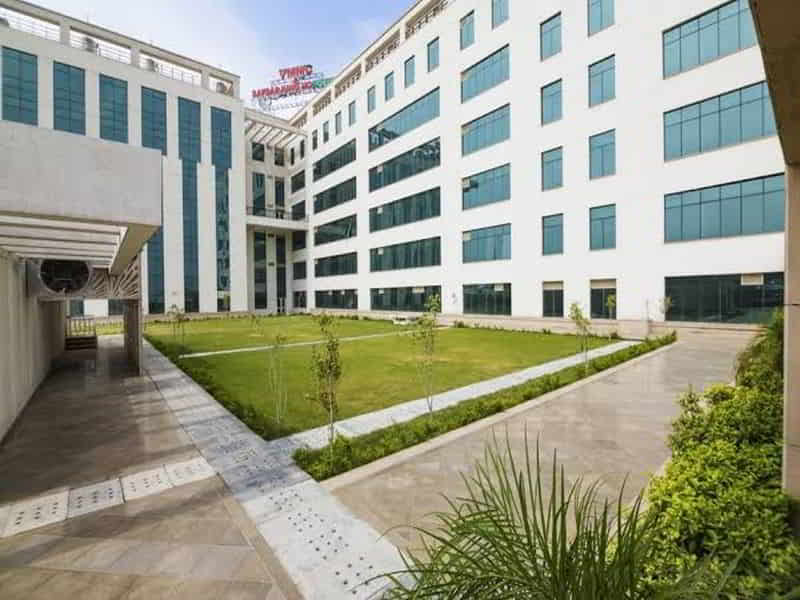
Founded in 1942 during the tumultuous times of the Second World War, it served as a Base Hospital for the Allied forces. In 1954, the Government of India, under the Ministry of Health, took over the administration of the hospital, marking the beginning of its journey as a premier government healthcare institution.
Over the years, Safdarjung Hospital has grown exponentially in size and reputation. From its initial 204 beds, it has expanded to a massive 1531 authorized beds, catering to the healthcare needs of millions from Delhi, neighboring states, and even patients from abroad.
The hospital’s achievements are:
– It has evolved into one of the most prominent tertiary-level multi-disciplinary healthcare institutions in Delhi.
– Since 1962, it has been a center for postgraduate training, contributing significantly to the pool of skilled healthcare professionals in the country.
The hospital is affiliated with GGSIP University and continues to be a hub for training interns from various national and international institutions.
– It has advanced facilities across different specialties, including General Medicine, ensuring comprehensive healthcare services.
– Safdarjung Hospital has also been proactive in upgrading its facilities to meet the evolving diagnostic and therapeutic needs in all specialties.
4) King Edward Memorial Hospital (KEM), Mumbai
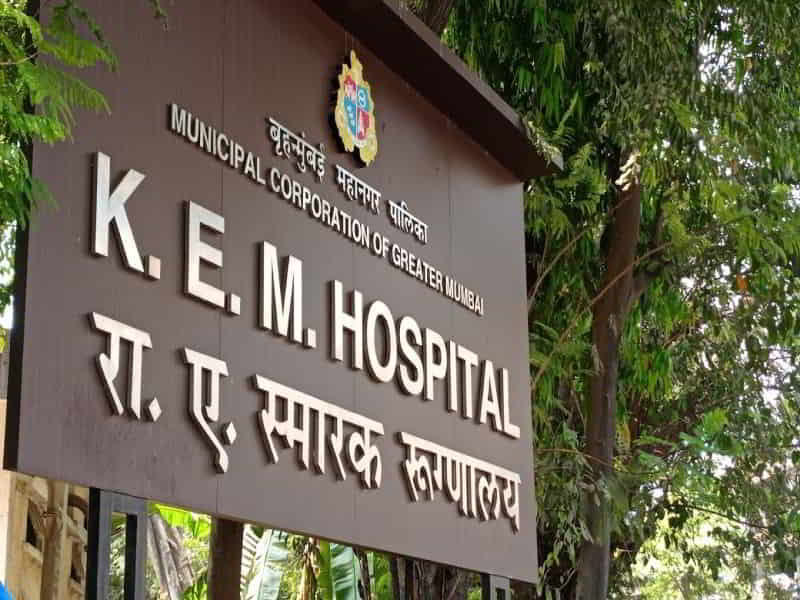
Started in 1926, KEM Hospital was founded with the vision of offering medical excellence to the people of India. It was erected in the memory of King Edward VII. It came into being through the efforts of notable figures such as Dr. K. N. Bahadurji and Sir Pherozshah Mehta, who advocated for a medical institution staffed by Indians for Indians.
Over the years, KEM Hospital has achieved numerous milestones that have cemented its reputation as one of the best government hospitals in the country. Here are some of its notable achievements:
– KEM Hospital was the first in India to house an outpatient department within the main hospital building, setting a precedent for patient care and accessibility.
– The hospital trains approximately 2,000 students across various medical disciplines, contributing significantly to the nation’s medical education.
With a robust staff of 390 physicians and 550 resident doctors, KEM Hospital treats about 1.8 million outpatients and 85,000 inpatients annually, showcasing its capacity to handle a vast patient load.
– The hospital is not only a center for basic care but also offers advanced treatment facilities in all fields of medicine and surgery, demonstrating its comprehensive range of services.
– KEM Hospital is deeply committed to serving the underprivileged sections of society, providing virtually free-of-cost services and embodying the spirit of healthcare as a right for all.
5) SGPGIMS, Lucknow
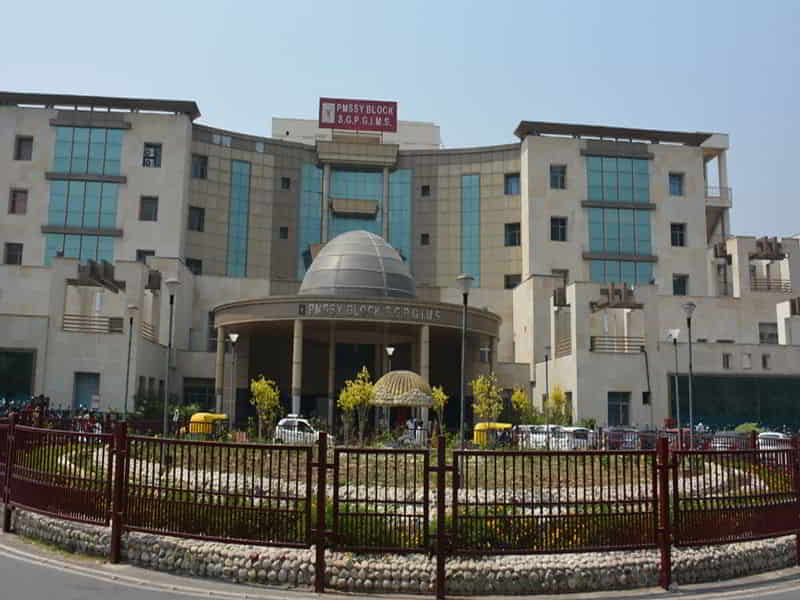
The institute was founded on December 14, 1980, with the foundation stone laid by President Shri Neelam Sanjiva Reddy. Since its inception, SGPGIMS (Sanjay Gandhi Postgraduate Institute Of Medical Sciences) has been committed to providing state-of-the-art medical facilities and has made significant strides in various medical disciplines.
Here are some of the notable achievements of SGPGIMS:
SGPGIMS has made significant strides in enhancing patient care by integrating cutting-edge technology. The addition of a second MRI machine worth Rs 23.10 crore has notably reduced the waiting period for patients requiring scans. Furthermore, the inauguration of a whole-body CT scanner has brought the total number of CT machines at the institute to five, effectively eliminating waiting times for patients.
The institute’s Department of Radiotherapy has been lauded for its High Energy Linear Accelerator facility, which can treat a variety of cancers with radiation therapy. This addition underscores SGPGIMS’s role in providing comprehensive cancer care.
In endocrinology, SGPGIMS has achieved a first in the country by offering a facility for Bone Micro-architecture, enabling a thorough evaluation of patients with osteoporosis and metabolic bone diseases.
The institute’s dedication to patient care was recognized nationally when it secured the FICCI Healthcare Excellence Award 2024 for its innovative SGPGI-Tele-ICU-Service initiative. This service addresses the critical shortage of ICU facilities in Uttar Pradesh and exemplifies the institute’s innovative approach to healthcare delivery.
Moreover, the Department of Critical Care Medicine at SGPGIMS provides round-the-clock services, including a rapid response, triage, and critical patient transport team within the hospital. They offer advanced procedures such as bedside renal replacement therapy, plasmapheresis, and diagnostic and therapeutic bronchoscopy, ensuring that critical care is comprehensive and accessible.
6) Jawaharlal Institute of Postgraduate Medical Education & Research, Puducherry
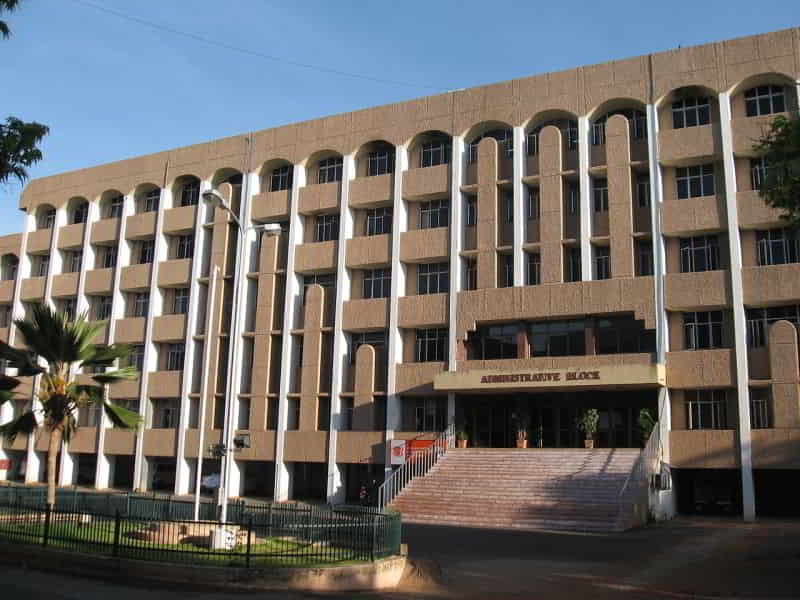
Established by the French Government in 1823, it was initially called the ‘Ecole de Médicine de Pondichéry.’ After India gained independence, it was renamed in honor of the first Prime Minister, Jawaharlal Nehru. It has since evolved into an establishment of national significance under the Ministry of Health & Family Welfare.
Some of JIPMER’s achievements are:
– It is identified as an Institute of National Importance by the Government of India.
– The institute provides undergraduate & postgraduate medical training and a working hospital offering affordable care.
– JIPMER was the first center established by the Ministry of Health & Family Welfare in 1975, with assistance from the WHO, to facilitate the training of health professionals in educational science and technology.
– It has consistently been ranked among the top medical colleges in India, with recent rankings placing it 5th in the Medical Category by NIRF Ranking 2023.
– The medical institute has made significant contributions to medical research, with over 7,100 publications and 56,638 citations received, reflecting its strong research ethos.
7) Tata Memorial Hospital, Mumbai
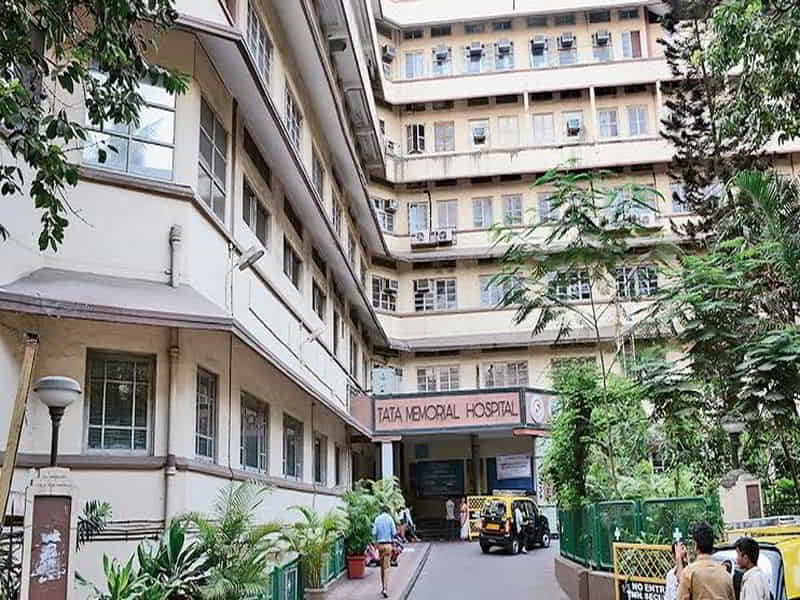
Founded on February 28, 1941, by the Sir Dorabji Tata Trust, Tata Memorial Hospital (TMH) in Mumbai is a testament to compassionate healthcare and groundbreaking advancements in cancer treatment. The inception of TMH was driven by the personal tragedy of Sir Dorabji Tata, whose wife, Lady Meherbai Tata, succumbed to leukemia. This elicited a commitment to create a center dedicated to the research and treatment of cancer.
Over the years, TMH has achieved numerous milestones:
In 1952, the Indian Cancer Research Centre, later known as the Cancer Research Institute (CRI), was founded. It focused on basic research.
– The Ministry of Health took over TMH in 1957, and in 1962, administrative control was transferred to the Department of Atomic Energy, reflecting the hospital’s integration of radiation therapy into cancer treatment.
– 1966 saw the merging of TMH and CRI to form the Tata Memorial Centre (TMC), with a mandate for service, education, and research in cancer.
The Advanced Centre for Treatment, Research, & Education in Cancer (ACTREC) was inaugurated in 2002 and houses state-of-the-art research facilities.
– TMC has expanded nationwide, following a ‘hub and spoke’ model, establishing nodal centers across India, registering about 120,000 new cancer patients annually.
TMH’s Department of Surgical Oncology is renowned for its minimal access surgeries, major vascular replacements, limb salvage, microvascular surgery, and robotic surgeries. The hospital is also a pioneer in investigator-initiated and sponsored research studies.
8) Grant Medical College and Sir J.J. Group of Hospitals, Mumbai

Established in 1845 by Sir Robert Grant, the then Governor of Bombay, this institution is one of the oldest medical colleges in South Asia. The college, along with its affiliate, the Sir J.J. Group of Hospitals a conglomerate of four hospitals in South Mumbai- has been at the forefront of medical service and education for over a century.
Achievements of Grant Medical College and Sir J.J. Group of Hospitals include:
– Consistently ranking among the top 10 medical colleges and hospitals in India.
– Producing a galaxy of eminent doctors and medical teachers who have made significant contributions to the field.
– The second medical college in India to admit women students in 1883.
– Providing free and quality treatment across numerous specialties for people below the poverty line.
– Offering postgraduate medical training and healthcare ranging from specialties to super-specialties and tertiary care to patients.
9) Dr. Ram Manohar Lohia Hospital, New Delhi
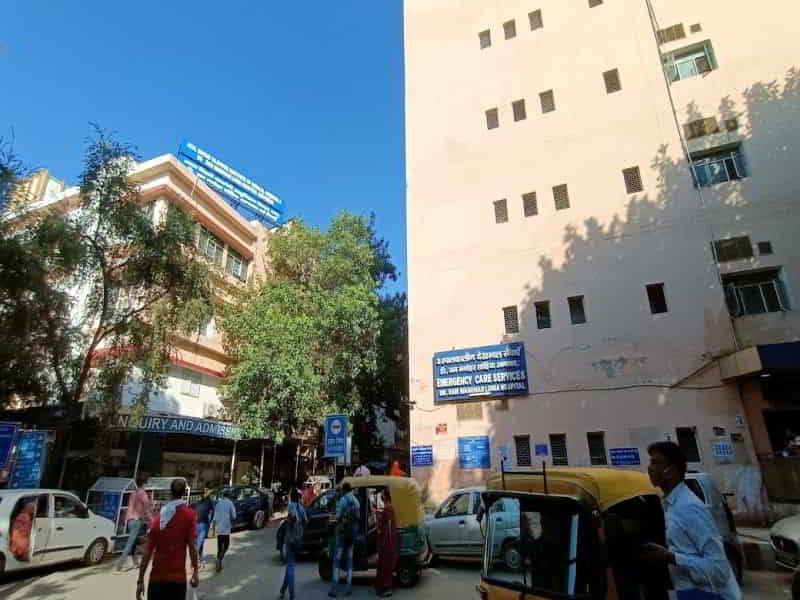
Established in 1932 by the British Raj as Willingdon Hospital, it initially served its staff with a modest 54 beds. Post-independence, the hospital’s control was transferred to the New Delhi Municipal Committee and later, in 1954 to the Central Government of Independent India. Named after Dr. Ram Manohar Lohia, a renowned socialist leader, the hospital has since grown into a premier medical institution.
Achievements:
– The hospital now boasts approximately 1,420 beds, catering to a vast demographic, including patients outside Delhi.
– It operates a 71-bed nursing home for Central Government Health Scheme beneficiaries.
– Annually, it serves around 1.2 million outpatients, admits about 46,000 patients, and handles 150,000 emergency cases.
– The hospital performs nearly 10,000 CT scans, 2,000 MRI scans, 200,000 X-rays, 2.8 million laboratory tests, and 25,000 ultrasound scans, and conducts about 9,000 major and 40,000 minor surgeries each year.
It began offering an MBBS course in 2019 and has been running MD/MS programs under the Atal Bihari Vajpayee Institute of Medical Sciences since 2009.
– Plans are underway to expand its capacity to approximately 3,000 beds, making it one of India’s largest hospitals.
10) Victoria Hospital, Bangalore
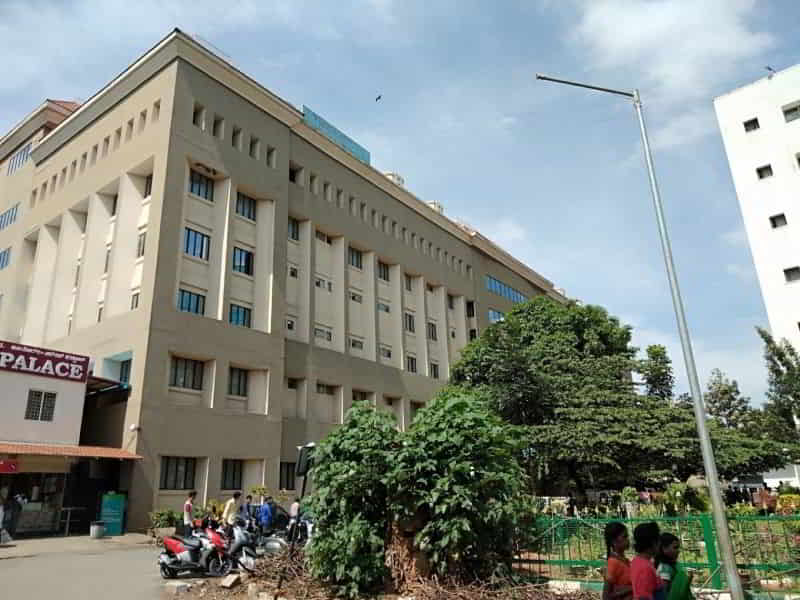
Established during the reign of Maharani Regent of Mysore, Kempananjammani Vani Vilasa Sannidhana, the hospital was inaugurated on December 8, 1900, by Lord Curzon, the then Viceroy of India, to commemorate Queen Victoria’s diamond jubilee.
Over the years, Victoria Hospital has achieved numerous milestones:
– It began as a 140-bed facility and has grown to become the second-largest hospital in India, accommodating over 1000 patients at a time.
– The hospital is affiliated with Bangalore Medical College & Research Institute, one of the premier medical colleges in India.
– It offers various services across various specialties, including Medicine, Surgery, Orthopaedics, Dermatology, Psychiatry, Radiology, Radiotherapy, and super specialties like Plastic Surgery, Neurology, and Cardiology.
– The emergency and casualty services are equipped with state-of-the-art facilities, including a well-equipped operation theatre, 24-hour laboratory services, a radiology department, and a licensed blood bank.
– The hospital boasts a 20-bed ICU with advanced ventilators and trained medical staff.
– New buildings for Casualty and Emergency services, an OPD block, and a Super Speciality Block with modern equipment are recent additions to the hospital’s infrastructure.
Conclusion
Government hospitals in India have been a lifeline for millions, offering affordable and quality healthcare services to people from all walks of life. From cutting-edge facilities to skilled medical professionals, the best government hospitals in India continue to provide hope and healing to countless patients. However, there are times when advanced or expensive treatments may not be available, and private hospitals become the only option.
In such cases, the high cost of treatment can be overwhelming for many families. This is where crowdfunding platforms can make a difference. These fundraising platforms allow individuals to raise funds for expensive medical treatments by seeking support from their community, friends, and even strangers. With just a few steps, you can convey your story and gather financial help to access life-saving treatments in private hospitals. By combining the accessibility of government hospitals with crowdfunding support, patients in India can ensure they receive the best care possible, regardless of the challenges they face.













